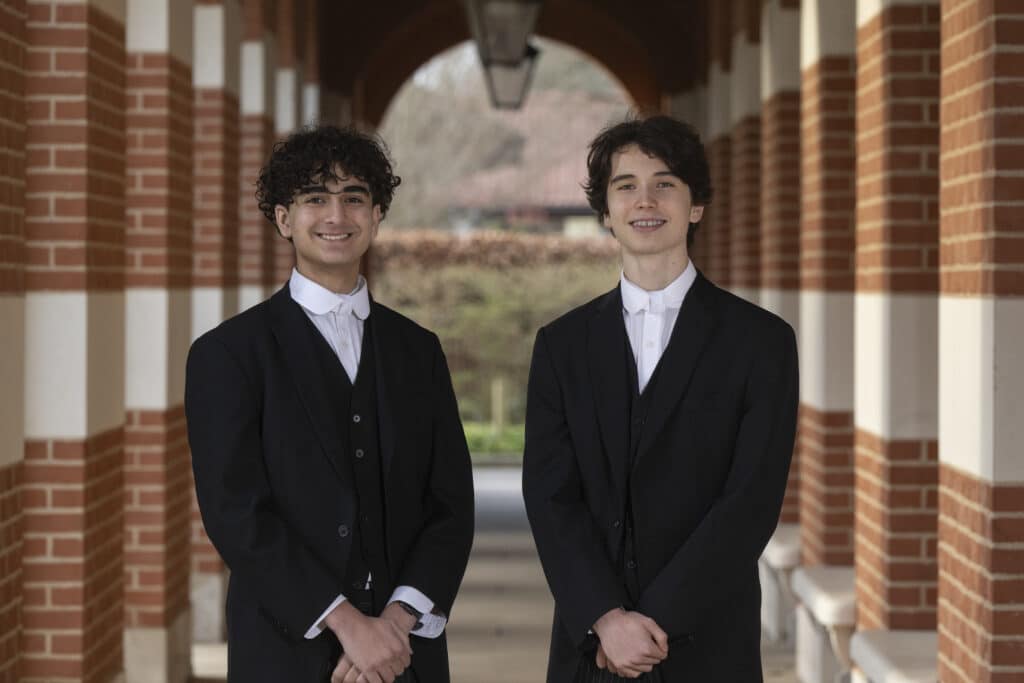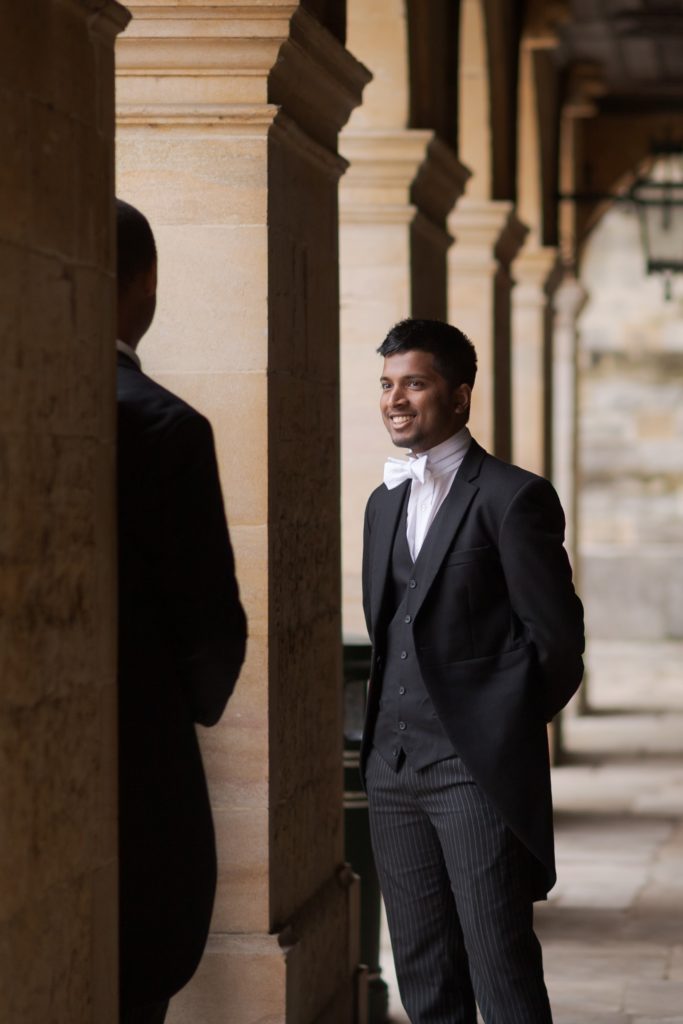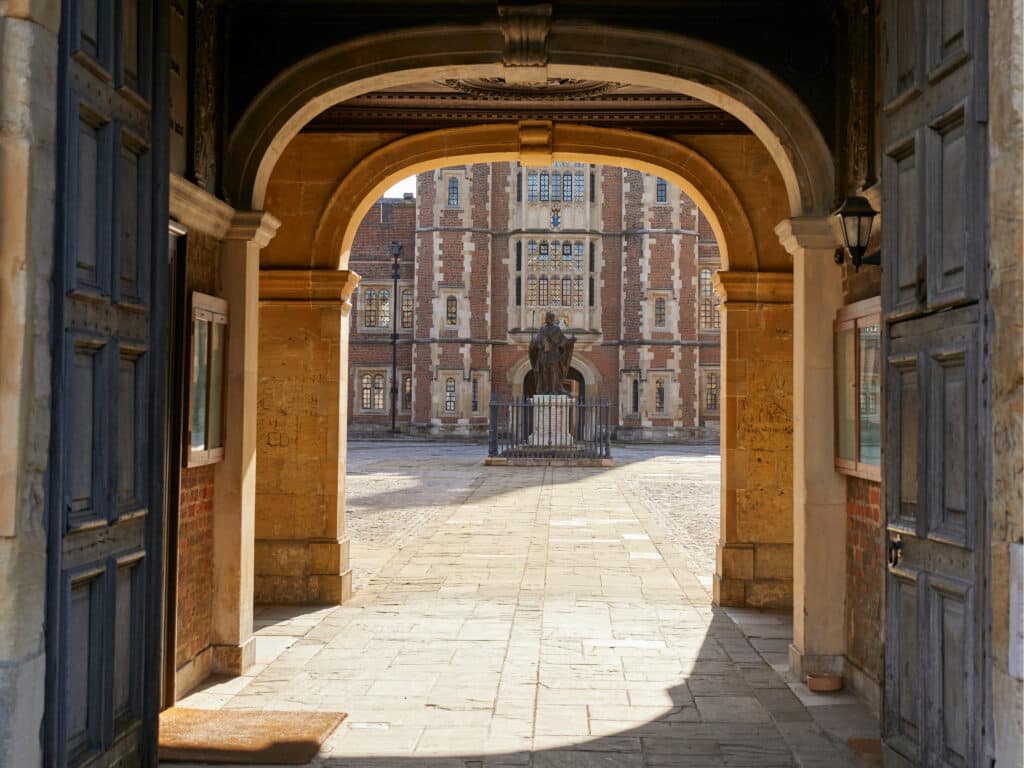Eton is often perceived to be a bastion of tradition. We wear uniforms designed centuries ago and learn in buildings some of which are hundreds of years old. However, whilst it is easy to see Eton as an archaic institution, were we to look inside the classroom, would our perception change?
On the one hand, our education is not too dissimilar to that of the Victorians. There is an emphasis placed upon trials (internal tests) where one is expected to be able to recall lots of facts. Charles Dickens’ Hard Times is in part a critique of an approach that places the learning of facts as the cornerstone of Victorian education. In this sense, there is an argument to be had that not a lot has changed. When one opens an examination paper, one is often confronted by a series of questions that require facts. This is not something that merely applies to science or geography exams. Even in more abstract subjects like divinity, there are several questions that are devoted in their entirety to the recollection of facts. Therefore, in this sense, Eton’s teaching is geared towards a model of education that is over one hundred years old.
However, there is a case to be made that Eton is at the forefront of modern education. iPads, for instance, are a clear indication of the school’s modernity. This is a step that many schools, be it in the private or state sector, are yet to make. Indeed, the extent to which technology is used in lessons is an indication of just how quickly the school looks to evolve. Fifteen years ago, all homework was completed with pen and paper and there was no Firefly (an online platform) to remind boys of their tasks; today the story is completely different. Many boys depend upon their devices to do work and have made checking Firefly a part of their daily routine. As a school, we use far more technology in the classrooms than most, which one could argue is indicative of how much the school values the advancements in technology and what they have to offer to modern education.
Such emphasis and investment being put into an area that is specifically designated to advance innovative teaching and learning methods would suggest that Eton is by no means traditional in its approach to education.
In addition to this, the school seems to be putting a lot of resources into trying to evolve how it teaches boys. The creation of The Tony Little Centre (CIRL) has been telling of how important being innovative and creative with education is to the school. Such emphasis and investment being put into an area that is specifically designed to advance innovative teaching and learning methods would suggest that Eton is by no means traditional in its approach to education. On the contrary, this would imply that the school is instead looking to pioneer new research into education so as to become a modern and forward-thinking educational institution.
Overall, whilst Eton definitely has fragments of its former self still visible in the way it seeks to educate, I believe that its teaching is not traditional. Evidently, it is hard not to place a lot of emphasis on what the public exam boards require while trying to objectively gauge students’ ability as best they can. However, from my experience, teachers do try and explore beyond the syllabus and utilise modern techniques while also keeping to methods they know work well. The school seeks to broaden the repertoire of teaching methods teachers are adept at using, so that they combine their experience and expertise with traditional methods with innovative methods that are supported by an evidence-base as effective.Therefore, I would say that Eton searches for the best way to teach, be it traditional or modern. Perhaps a combination of the two is the best approach and one which can benefit pupils.



